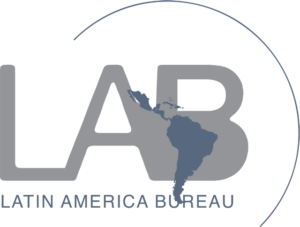- Norsk Hydro’s Alunorte aluminum refining facility in Barcarena municipality, Pará state, has been accused by Brazilian authorities of contaminating the local waters of several communities with toxic waste that overflowed earlier this month from a holding basin.
- The firm denied the allegation, but has agreed to provide water to local residents, and is investigating.
- The government also accused the company of having a “clandestine pipeline to discharge untreated effluent,” an allegation that the Norwegian state firm has since admitted to being true.
- Officials have yet to determine the full cause, scope or consequence of the spill, while locals complain that this isn’t the first time. According to IBAMA, Brazil’s environmental agency, Norsk Hydro has not paid fines set at R $17 million to date (US $5.27 million), after a toxic overflow in 2009 put the local Barcarena population at risk.
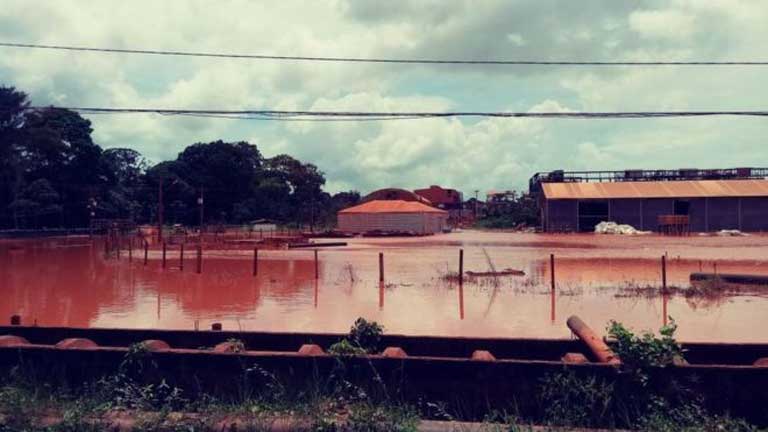
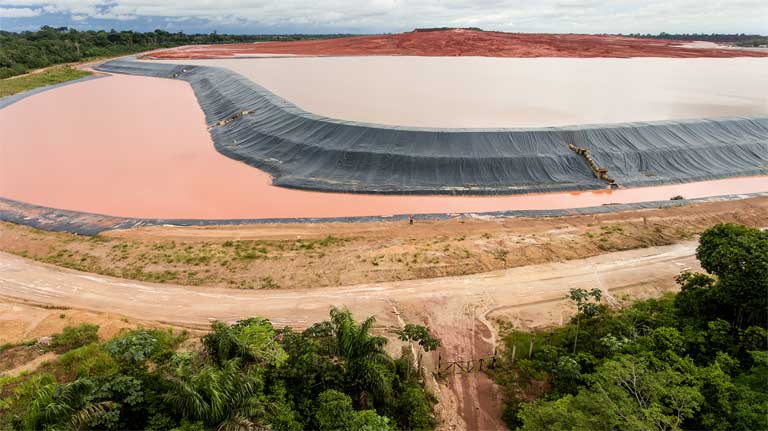
Norsk Hydro spill under investigation
Major storms on February 16 and 17 allegedly caused Norsk Hydro’s toxic holding basin to overflow, resulting in contamination of water used by Bom Futuro and several other nearby villages. Locals worry the accident could be similar to Brazil’s worst mining disaster ever, the Mariana spill on the Doces River in 2015. High levels of lead, aluminum, sodium and other toxins have been detected in drinking water up to two kilometers away from the Norsk Hydro property, according to the Ministry of Health. The pH recorded in the waters was 10, extremely alkaline, likely due to caustic soda used to process bauxite, the raw material for making aluminum. Pará State Attorney General Ricardo Negrini said in a Friday news conference there is “no doubt” a spill has occurred, but there is no data yet regarding the incident’s cause, size, or consequence. After initial complaints were made by community residents about the spill, Hydro sent a note to its customers describing the episode as “rumor,” stating that “there were no leaks or ruptures” in the waste holding basin.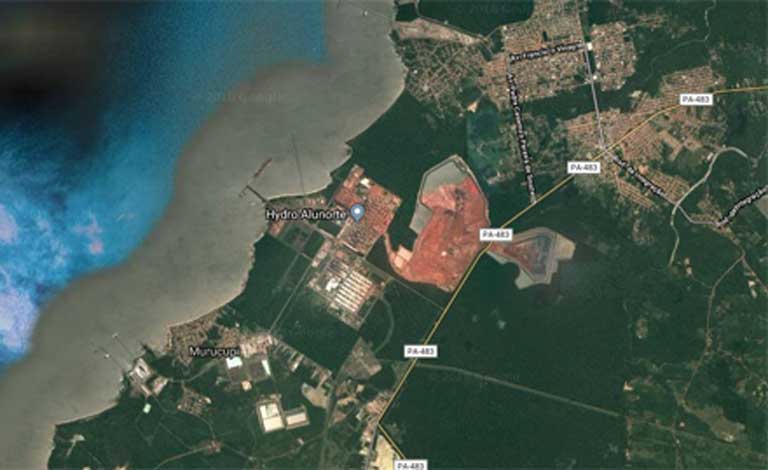

Brazil responds to the spill
Last Friday, the independent prosecutors of the Federal Public Ministry (MPF) and Pará state sent Norsk Hydro a document requesting immediate closure of the Norsk Hydro holding basin. According to the agencies, there is a risk of a breach of the waste pond, which has raised fears of a tragedy similar to that of Mariana in 2015, when a toxic mud wave buried the village of Bento Rodrigues and spread down the Doce River for 500 miles to the Atlantic Ocean. However, Luiz Jardim, a geographer and State University of Rio de Janeiro professor, told BBC Brazil that the dams at Mariana and Barcarena “have different natures,” with the Norsk Hydro holding basin presenting less of a threat. “In Mariana, the dam [was] much higher,” he said. But the slope is much less “in the Amazon, where there is a fluvial plain, so the force of the rupture, if it occurs, will be smaller. Barcarena [municipality does, however have the] potential for contamination by tailings.” In June of last year, BBC Brazil revealed that Hydro was the target of a series of denunciations by the Federal Public Ministry (MPF) of Pará, as well as almost 2,000 lawsuits for contamination of rivers and communities in Barcarena. According to IBAMA, Brazil’s environmental agency, the company has not paid fines set at R $17 million (US $5.27 million) to date, after a toxic overflow in 2009. According to IBAMA, the leak at that time put the local Barcarena population at risk and generated “significant destruction of biodiversity.” Memories of this previous trauma may have augmented concern expressed by local residents over the new spill. “This is not the first leak,” said Sandra Amorim, a resident of the São João quilombola (made up of former slave runaways), a kilometer from the Norsk Hydro holding basin. Back then, she said, “They first denied it, and after the report they said it had a leak. They promised that they [would] start distributing drinking mineral water and food. That’s not enough for us, we do not want crumbs, we want this situation solved.” She added that there are currently “people with itchy bodies and people getting sick” in the community. There is as yet no official confirmation of contamination of local residents by the Evandro Chagas Institute. The Brazilian Bar Association in Pará (OAB-PA) said that in response to the discovery of the illegal pipeline that they will request the removal of the Secretary of Environment of Pará, Thales Belo, and ask for judicial intervention in the Secretariat of Environment and Sustainability of Pará (SEMAS), the state’s environmental agency. “It caused special indignation [when the health ministry found] a ‘clandestine’ drain, whereby the company, with the acquiescence of SEMAS, drained tailings when the rains intensified,” said OAB-PA.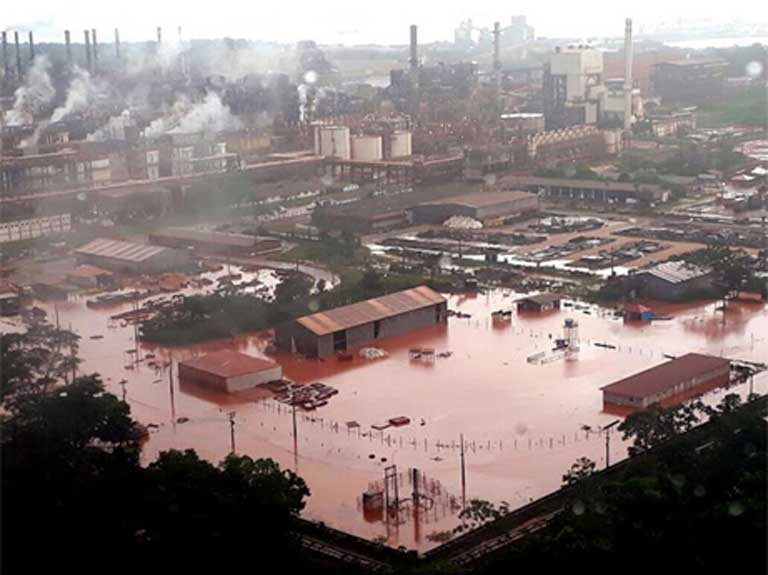
A region benefited and harmed by mining
Barcarena, an estuarine region broken up by small rivers and islands, has seen its population grow at a rate three times faster than the rest of Brazil over the last 40 years, thanks to jobs generated by mining companies. But the province has experienced disorderly growth as it has become a major exporter of mineral commodities (bauxite, aluminum and kaolin), soy and cattle. “The history of environmental accidents in Barcarena is impressive, an average of one per year,” Attorney General Bruno Valente, who signed a public civil action filed in 2016, told the BBC last June. “Sludge overflow from Hydro’s tailings basin affected a number of communities in 2009, and to date there has never been a compensation or fine payment,” he said. Norwegian mining and processing companies are major producers of the world’s aluminum. The Norwegian government gained international headlines last year by publicly criticizing Brazil’s rising Amazon deforestation rate during a state visit by Brazilian President Michel Temer to Norway. In December, the Scandinavian country reduced by 60 percent to $42 million its annual contribution to Brazil after another annual rise in forest destruction. Some question whether the Norwegian government is acting fairly by causing environmental degradation in Brazil via its mining operations while simultaneously withholding funding due to its criticism of increased deforestation under the Temer government.Max Nathanson is a graduate student in the University of Oxford’s Department of International Development and a freelance photojournalist. See his work at maxnathanson.com and follow him on Twitter @TheMaxNathanson.
